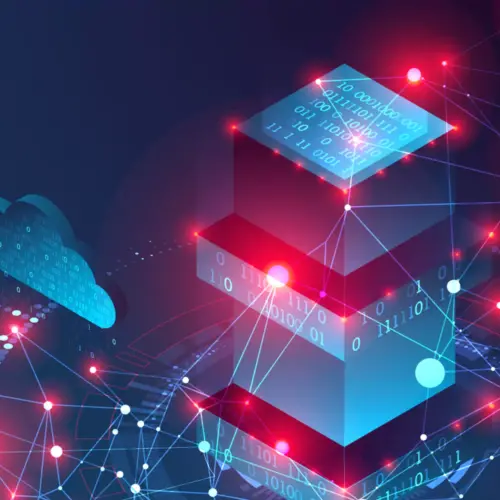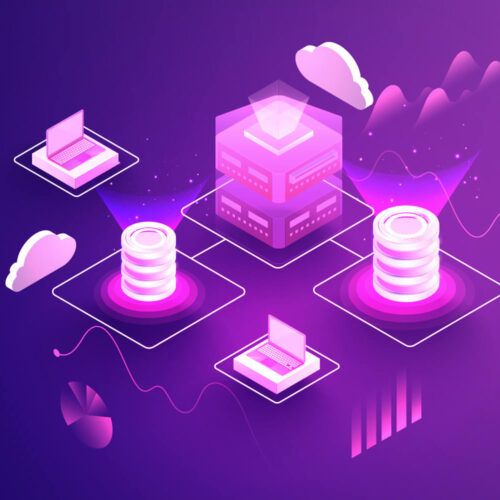Implementing a CMDB isn’t an all-or-nothing proposition. Gradual deployment is important – move too quickly and you’re likely to end up overwhelming your department or committing configuration errors that could leave you blind to changes in your infrastructure. Here are the best practices for deploying a CMDB in a sustainable manner that gives you an accurate infrastructure portrait.
Step One: Find an Angle
As we mentioned, there’s a strong temptation to integrate your CMDB broadly and immediately across the enterprise. What we’ve learned, however, is that it’s best to start in areas where a little effort yields a lot of positive change.
For example, you might want to start with change management. Without a CMDB, making a change like implementing a new application or an improved feature can have ripple effects which are difficult to imagine, because there’s little way to understand how these changes will affect countless other application dependencies. With the right CMDB tool, you’ll be able to chart the organizational impact of any change.
You may also want to look at patch management. Patches often cause unforeseen consequences, which make many organizations shy away from patching – and as a result, 80 percent of companies have an unpatched vulnerability. If your CMBD gives you the ability to predict and trace the effects of a patch, then you’ll be able to patch with confidence.
Data center migrations, cloud strategies, asset management, and other use-cases are all good scenarios as well. The point is to find the situation that’s both relevant and immediately addressable via CMDB and start there first.
Step Two: Recruit Stakeholders
Building a CMDB the right way means keeping its team separate from day-to-day maintenance, if possible. This is because the CMDB itself is supposed to ease or eliminate a lot of day-to-day maintenance tasks. In addition, getting early buy-in from executives to create this team and give it autonomy will lend a great deal of credibility to your efforts.
In addition, you want to give this team the authority to ensure that your CMDB implementation stays focused on the use-case you decided on in step one. No scope creep allowed. This ensures that the CMDB will always continue to deliver value for the organization. Once the first project is complete, your steering group can make sure that the CMDB project moves on in ways that maximize its utility.
Step Three: Choose a Vendor
Choosing a CMDB vendor means evaluating many factors. We freely admit to a slight bias here – we believe that a CMDB should be on the cutting edge. It should be more than a simple inventory or asset tracking tool, and it should be able to understand the relationships between asset types – including asset types like VMs, cloud instances, and containers. In addition, the discovery process itself should be fairly lightweight – agentless is preferred – and should integrate with existing processes in order to provide additional data.
Step Four: Configure
Now that you’ve chosen a CMDB product, you now need to understand how you’ll customize its features and functions in order to match your unique infrastructure deployment. This means creating configuration items (CIs) to support your primary use-case. Your chosen CMDB will have several pre-configured CIs by default, but you should be able to create others. It’s possible – and certainly recommended – to use default CIs at least to start with, but some of your infrastructure might not be discoverable using your default CI classes. These will need some customization. Depending on the product you choose, you may need to manually define relationships between discoverable and non-discoverable CIs.
Step Five: Expand
You’ve chosen a project, a product, a governance team, and a configuration plan – well done! What’s more, you’ve been able to demonstrate ROI – less work, for better results. Now is the time to begin expanding your CMDB throughout the enterprise.
Integrating your CMDB with other departments should be relatively frictionless, assuming that you’ve proven your ability to generate value. Within the support department, your CMDB can be integrated with the ticketing system to find dependent applications and trace the source of outages. Within information security, you can find applications and infrastructure that are most vulnerable to data breaches. In project management, you can lend heightened visibility to ongoing development.
With Device42, you can do all of those things and more. Our advanced CMDB lets you rapidly gather detailed information about your assets, applications, and dependencies, while our range of easy integrations lets you promote your CMDB across the entire enterprise. What’s more, our helpful support specialists will always help you find out where to start. If you need more information or would like to start seeing value right away, just download our free trial and learn how we can help!



